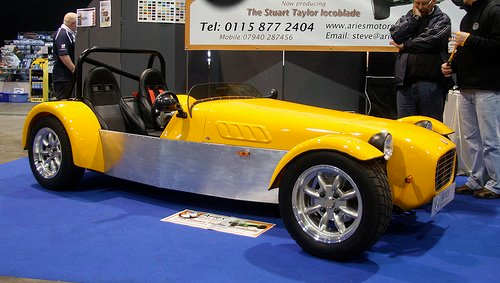

This is divided into phases of construction starting as you would expect from the bottom of the frame and working up.įor someone building their own design, the chassis design of the Lowcost, having been proven out by the numerous cars in existence, can also provide a good study of how certain areas of the spaceframe are designed to deal with loads. Alongside the diagrams and photographs that document the fabrication of the chassis is the procedure text itself. It shows numerous diagrams of the chassis design with dimensions, as well as tube lengths. Making the Spaceframe Chassisīuilding the chassis is the second largest chapter (27 pages) of the book. Materials discussed include metal tubing, bar and sheet sizes required. If you don't live in the UK (where even this car is now very rare in junkyards), you will need to find an alternate donor car which uses rear-wheel drive (The Mazda Miata is touted as a good choice by the book "How to Build a Cheap Sports Car" by Keith Tanner, which is considered a companion to this book.).įor those using the book as a recipe for building their own car, the donor parts list and diagrams are perfect for helping define the attributes your own design will need to take into account. The book assumes the donor car for the parts to be a British Ford Escort (Mk. In terms of tools, he discusses the hand tools, power tools and standalone machines that are required and/or useful. Reading it provides an appreciation of the efforts and talents that go into building a car. The author provides a nice introduction to the skills required. composite or metal fabrication), but for the purposes of building a car it is a good place to start.

Of course, you may find more comprehensive toolsets in specialized fabrication books (ie. For anyone considering building a car, this is very helpful. This section provides an overview of the skills and tools needed to construct the car. While not 100% applicable elsewhere, similar laws for home builts do exist elsewhere so the tenets discussed can be useful especially to those designing road-going machines.Īlong with its instructive text, the book provides a vast number of color photographs and plan diagrams with dimensions. One area the author also looks at is road certification in the UK.
RON CHAMPION BUILD YOUR OWN SPORTS CAR PDF HOW TO
Two other books in this genre come to mind: " Build Your Own Sports Car on a budget" by Chris Gibbs was a later revision to this book and " How To Build A Cheap Sports Car" by Keith Tanner was written more as a companion to this book.įinal assembly and finishing round out the book's contents. There are other books in this genre as well, but this book was the first.

The lists of parts can act as checklists for sourcing. I can use the book's donor vehicle parts as a reference point in selecting my own comparable parts from a different car. I believe this is where this book shines for the person doing their own design-the insights you can glean by studying the diagrams, drawings, parts, lists and procedures.įor instance, I could apply the information provided on the spaceframe to give me some points of reference in designing my own spaceframe. However, if we look past the Lotus 7 replica car-specifics, this book is also a guide to the construction and assembly of one complete example of a race car or vehicle. If you are interested in building your own Lowcost, then this book is for you-no doubt about that.

I would say doing it for £250 is dreaming, but by salvaging/being frugal you could build one for some pretty small change. For that purpose, the book has been a great success as witnessed by the many Lowcost cars in the world. The goal of the book is to help someone construct their own Lotus 7 replica car ("Lowcost"). "Build Your Own Sports Car For As Little As £250" is the best example of this genre. They are not design books which teach how to design from a blank page, but rather build books that walk you through a plan and how to put together the pieces. I like to call them "Whole car" books because they usually cover all aspects of a car's fabrication and assembly. There is a special genre of race car design books that give amateur designers a "Big picture" view of a vehicle project.


 0 kommentar(er)
0 kommentar(er)
